The Gerbera: [Care, Planting, Irrigation, Light and Substrate]
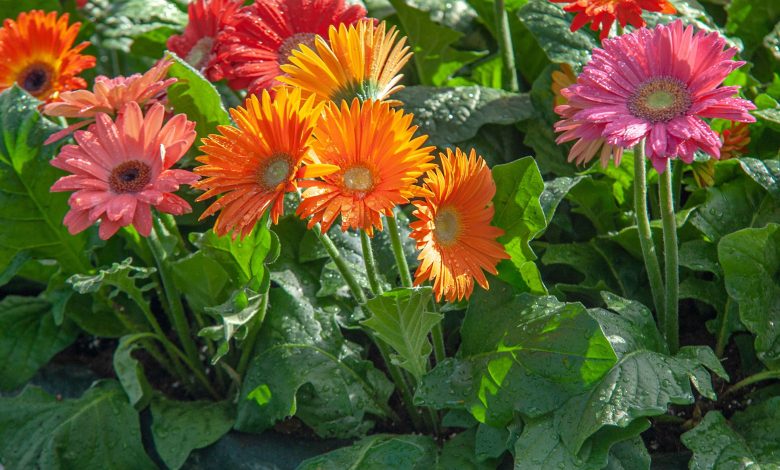
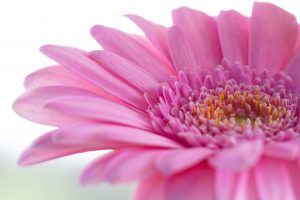
Gerbera is a genus of plants in the Asteraceae (daisy) family.
It got its name in honor of the German botanist and physician Traugott Gerber who traveled extensively in Russia and was a friend of Carl Linnaeus.
The gerbera is native to the tropical regions of South America, Africa and Asia.
The first scientific description of a Gerbera was by JD Hooker in Curtis’s Botanical Magazine in 1889 when he described Gerbera jamesonii, a South African species also known as Transvaal daisy or Barberton daisy.
The gerbera is also commonly known as the African daisy.
Gerbera Characteristics
- Scientific name: Gerbera.
- Common name: Gerbera or African daisy.
- Family: Asteraceae.
- Plant type: Herbaceous perennial.
- Adult plant size: 25 to 50 centimeters tall with a spread of 30 to 60 centimeters.
- Sun Exposure: Full sun to partial shade.
- Type of soil: Rich and moist.
- Soil pH: 5.5 to 6.5.
- Flowering time: From summer to fall.
- Flower Color: Pale pastel colors from yellow and pink to orange and deep red.
- Native area: South Africa.
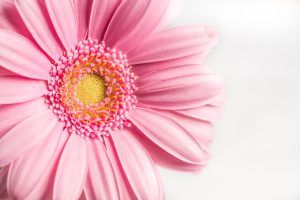
Gerberas are an amazing flower.
Their colors are extremely vivid and well cultivated they can beautify your garden to unsuspected limits.
The gerbera flower belongs to the asteraceae family, along with sunflowers (Asteraceae), and is native to South Africa.
However, the gerberas we see today are the result of hybridization techniques that produce the large daisy- like blooms often seen as cut flowers in bouquets.
Gerberas can be grown from seed outdoors, both in pots and in flower beds, but they are not frost hardy .
The large heads of these daisies have lightning bolt-shaped petals around a central disc of small green or black flowers. There are four different kinds of Gerbera: single flower, semi-double flower, double flower and spider flower.
Each class delimits the number, position and type of petals. The leaves of the plant are lobed, or pinnate, and often toothed.
Where to plant my gerberas? light needs
Gerberas require full sun to partial shade, but do not like intense heat.
That said, allow morning sun in warmer areas and full sun in cooler climates. Try not to plant the gerbera near foundations or stone walls that reflect heat back to the plant.
How do we prepare the land?
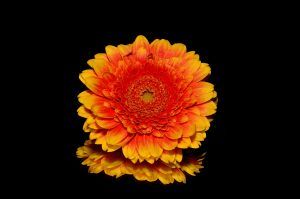
Don’t start planting your gerberas until you have rich soil, high in organic matter.
Gerberas do best in slightly acidic soil with a pH of 5.5 to 6.5.
Higher levels can cause chlorosis, manifested by yellow streaks on the leaves. If the pH is too low, black spots will appear on the leaves.
How should we water the gerberas?
Gerberas need regular watering of about 2 cubic centimeters per week.
Water only when the soil is dry to an inch or two from the surface.
These daisies may need more frequent watering when first grown from seed and during hot and dry spells, such as summer.
Plant a gerbera step by step
Gerbera daisies are sold as buds that can be placed directly into garden soil, but most varieties can also be easily grown from seed.
However, its development from seed is slow, so this inexpensive option is only possible in hot climates.
- Sow the seeds indoors, approximately 12 to 18 weeks before the last frost date. Sow the seeds in peat or paper pots, as gerberas don’t like their roots disturbed when transplanting.
- Press the seeds into the soil mix instead of burying them underneath, as they need light to germinate.
- Cover the container with plastic to help keep the soil and exposed seeds moist.
- Place the planted seeds in a warm, sunny spot and wait approximately two to four weeks for germination.
- Transplant your seedlings outside when all danger of frost has passed. Choose a spot with good drainage and good light exposure.
- Plant the seedlings in the ground so that the crown is 2-5 centimeters above the soil line. Or, if you plan to bring the daisies indoors for the winter, simply sink a pot into the ground and then take it out when fall arrives. This will affect the roots less.
- To keep the plant in good condition, remove spent flowers. If your plants get bushy, remove some of the central clumped leaves to let in more light.
Gerbera care
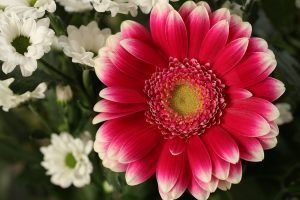
Gerberas are susceptible to fungal diseases, although older varieties are less so.
Spray against fungus
Fungal sprays do not usually prevent crown rot, so correct planting and watering are essential to gerbera care. Make sure you plant them with adequate spacing and in areas with lots of light.
A little shade in midsummer is fine, but without direct light the plants will turn pale and won’t produce as many flowers.
Water in the morning so the leaves can dry out during the day to reduce the risk of rot and fungal diseases.
Gerbera daisy care can also be enhanced by using a liquid micronutrient fertilizer, such as seaweed or fish emulsion.
Watch out for caterpillars and leaf miners
Also watch for caterpillars and leafminers.
Spray, if necessary, with an organic spray such as pyrethrum or neem oil. Growing gerbera daisies can come with some challenges, but it’s wonderfully rewarding when those big, happy flowers bloom.
gerbera reproduction
After several years, the yield of hardy gerberas declines and they are likely to produce fewer flowers and leaves.
Rejuvenate them by lifting the clump in early to mid- spring and carefully dividing it into several pieces, each with plenty of roots and leaves.
Replant the gerbera divisions in soil that has been freshened with compost and fertilizer.
Diseases and pests that can attack our gerberas
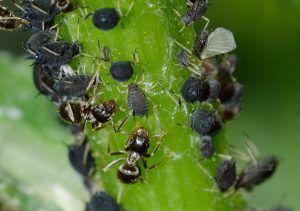 Aphids, whiteflies, mites, and thrips feast on the leaves of gerberas.
Aphids, whiteflies, mites, and thrips feast on the leaves of gerberas.
They are attracted to stressed plants, so be sure to keep your plants in good health and monitor them regularly for signs of trouble.
Small populations can be killed with a strong stream of water, and large populations can be controlled with insecticidal soap or natural essential oils such as neem.
As we discussed earlier, leafminers can also infest leaves. Remove damaged leaves that show signs of tunneling.
Powdery mildew, crown and root rot can affect plants when the soil is continually wet.
Let the soil dry out between waterings, but don’t leave them without watering for so long that they shrivel and become stressed.
verticillium wilt
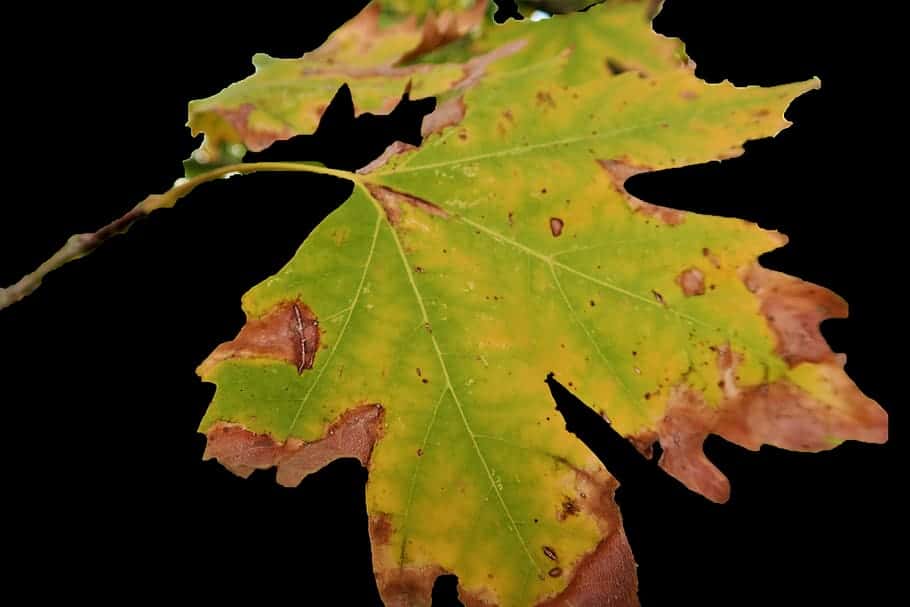 Verticillium or Verticillium wilt is a common soil fungus that thrives in temperate climates around the world and can be present in the soil for decades.
Verticillium or Verticillium wilt is a common soil fungus that thrives in temperate climates around the world and can be present in the soil for decades.
Verticillium wilt overwinters in the soil as dormant mycelium or tiny dormant black structures called microsclerotia, waiting for favorable conditions to return.
They enter damaged plant tissue through the roots and multiply. Many common weeds, such as dandelions and weeds, can be Verticillium host species.
Verticillium wilt is a disease that affects more than 350 species of eudicolous plants. It is caused by six species of Verticillium fungi: Verticillium dahliae, Verticillium albo-atrum, Verticillium longisporum, Verticillium nubilum, Verticillium theobromae, and Verticillium tricorpus.
Many plants with significant economic weight are susceptible, such as cotton, tomatoes, potatoes, oilseed rape, aubergines, peppers, and ornamental plants, as well as others in natural vegetation communities.
Many species and cultivars of eudicots are resistant to the disease, and all monocots, gymnosperms, and ferns are immune. To know more: Verticillium wilt in the Orchard: What is it? How do we identify it?
gerbera varieties
- Gerbera Garvinea: Hardy to about -6°C and flowers for a long period. Plants are available at nurseries and garden centers, both retail and by mail order. 30-40cm tall.
- Gerbera ‘Garvinea Sweet Caroline’, ‘Garvinea Sweet Love’ and ‘Garvinea Sweet Surprise ‘, and they come in red, pink, yellow and orange.
- Gerbera F1 ‘Revolution Bicolour Mixed’ – is the earliest to flower, compact in growth and uniform in size with a range of bright bicolour flowers. 20-30cm tall.
- Gerbera F1 ‘Mega Revolution’ is an early bushy bloomer with a range of individual blooms in vivid hues. 30-40cm tall.

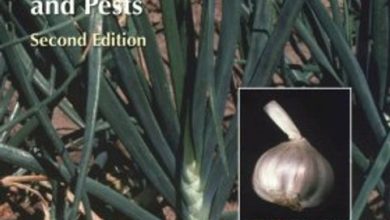
![Photo of Planting a Plum Tree: [Care, Planting, Irrigation and Pests]](https://www.complete-gardening.com/wp-content/uploads/2022/08/planting-a-plum-tree-care-planting-irrigation-and-pests-390x220.jpg)
![Photo of What is a Germinator? How can we make a homemade one? [Complete Guide]](https://www.complete-gardening.com/wp-content/uploads/2022/08/what-is-a-germinator-how-can-we-make-a-homemade-one-complete-guide-390x220.png)
![Photo of Preserving Onions: [Conditions, Time and Method]](https://www.complete-gardening.com/wp-content/uploads/2022/08/preserving-onions-conditions-time-and-method-390x220.jpg)